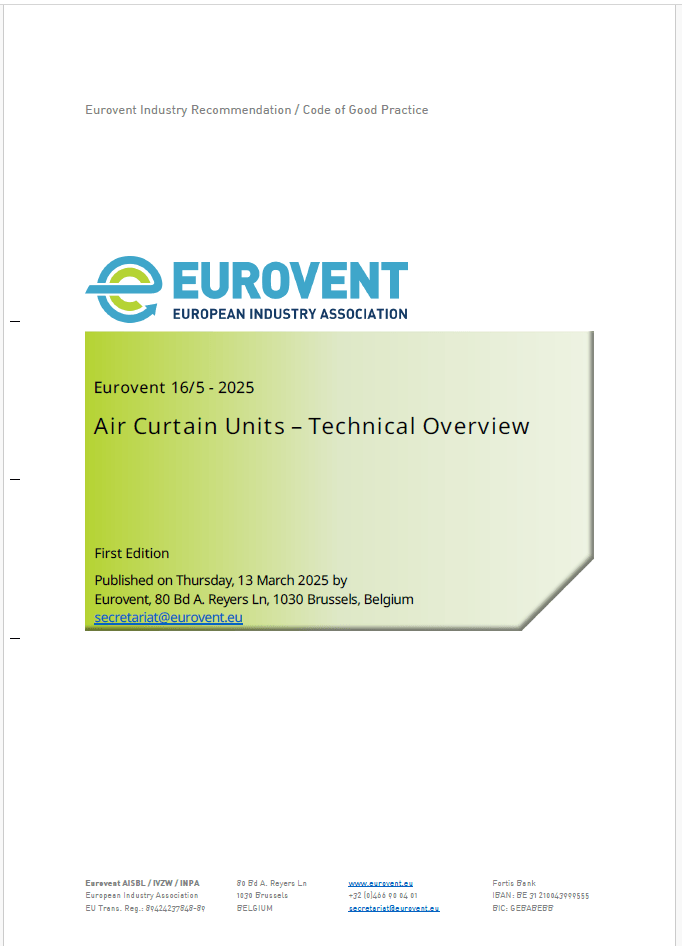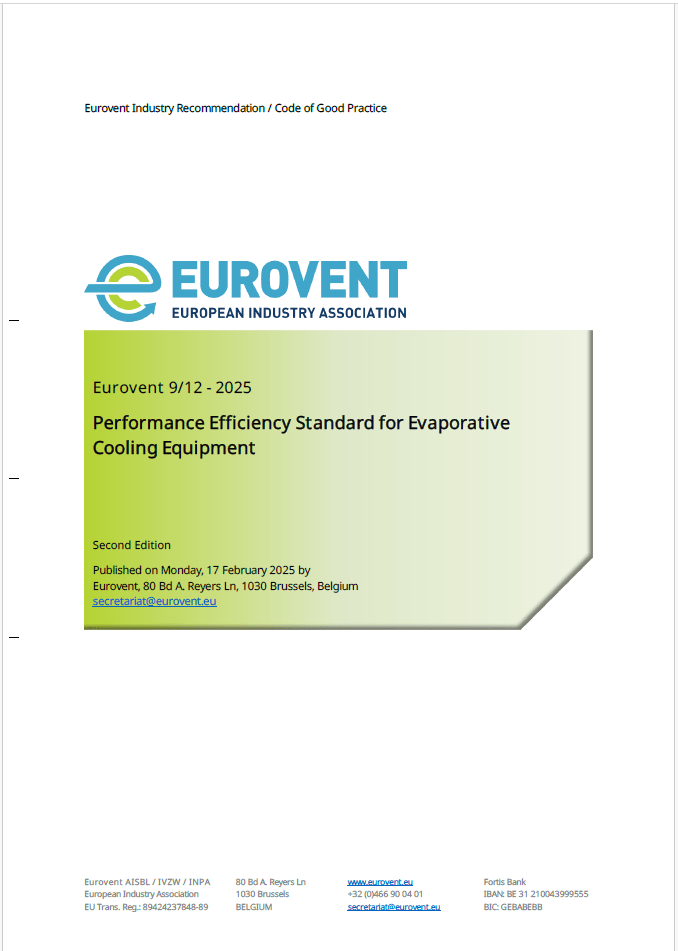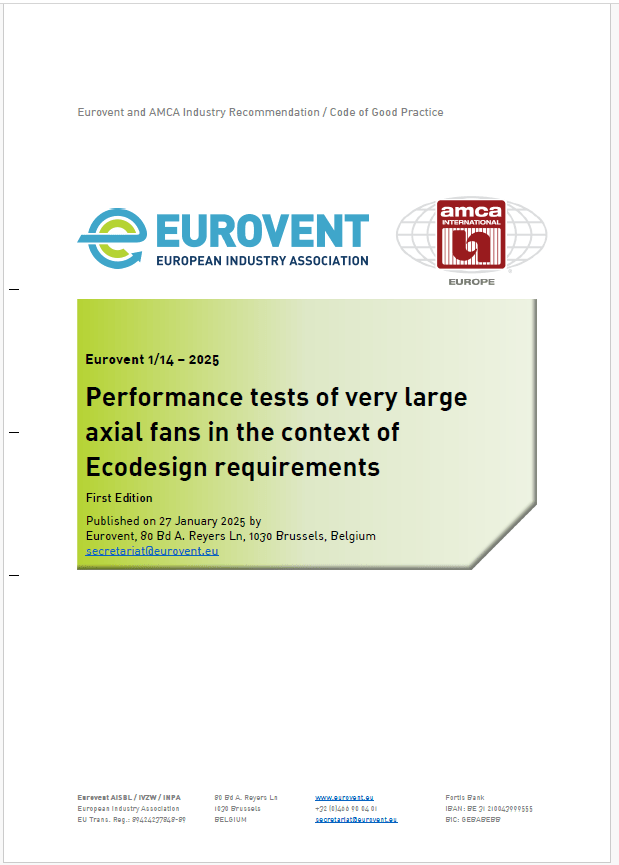Eurovent Middle East looks at the user experience of renters and owners regarding their district cooling connections and how it impacts their decisions as investors and tenants.
District Cooling is a polarising topic among residents of the UAE, as their feelings regarding this cooling structure can determine their willingness to reside or even invest in a particular area or community.
Gopalakrishnan G, Operations Director, Emrill, a facilities management company, describes district cooling systems as centralised and efficient cooling systems. “The benefits of district cooling systems include being more energy-efficient compared to conventional air conditioning systems,” he says. “Utilising water to transfer cooling energy instead of air results in lower energy consumption and emissions, offering a more sustainable solution.” He adds that district cooling systems have less impact on the environment than conventional air conditioning systems due to reduced electricity consumption, resulting in lower greenhouse gas emissions, making them more environmentally friendly.
There are a number of tenants that are in agreement. One such tenant is *Harry, who is currently residing in a two-bedroom apartment in Dubai. “Over the last 12 years, I have lived across a variety of accommodations in Dubai, ranging from renting single rooms in shared apartments, with all-inclusive fees, to living in a studio, one-, and two-bedroom apartments with separate billing for cooling,” he says. “In all the apartments I have lived in, the buildings have been connected to district cooling, though the usage and billing calculations have differed. I currently pay, on average, about 350 AED a month for a two-bedroom apartment. For me, it is more efficient, beneficial to the environment, and better for the pocket – if the fees are structured correctly!”
Gopalakrishnan adds that with District Cooling, maintenance costs are also lower as the majority of the cooling equipment is located outside of the building, which means building owners or operators do not need to worry about maintaining large plants or sites, which also reduces a building’s operational costs.” Since district cooling systems are well-planned and centralised, they provide the flexibility for future expansion and can easily accommodate new buildings or changes in cooling demand,” he says. “This allows for long-term development planning and future growth opportunities.”
A critical eye
There are those, however, that is a bit more wary and critical of spaces connected to District Cooling such as *Olivier who is both a tenant and a property owner in Dubai. “For pure investment, I would not be too concerned by the AC system, but to live in, I would absolutely avoid the systems known to be taking hostage residents with unreasonable fees, so I will never live in a building or villa equipped with District Cooling,” he says. “This technology might be the most efficient energy-wise, but the gain in efficiency and the captive market is transferred as profit margin to the operators and not as benefits to the consumer.”
*Rafiq, who also owns a number of properties in Dubai, shares the same sentiment, drawing from his experience managing homes that have standalone AC systems and those connected to District Cooling. “In District Cooling, you have a fixed monthly usage,” he says. “My tenants staying there are heavy air conditioner users. He can use up to 1.200 AED a month or 700-800 AED during the winter. If you ask me, a unit that is connected to District Cooling would give me a second thought, especially as a tenant because of the monthly fee. For some places, it can be 35 AED a month, even if I do not use it It means there is no incentive to really save.”
Gopalakrishnan provides an FM perspective on challenges related to District Cooling. “As an FM provider, the challenges you may encounter with district cooling rather than stand-alone air conditioning systems can include lack of control over the system and building cooling, as it may be supplying a large community where the FM provider has limited scope,” he says. “If the district cooling plant is non-operational or experiencing outages, a larger area of service provision can be affected compared to localised air-conditioning solutions.”
Personal preferences
As a landlord and resident, Oliver says he would avoid investing or living in a unit connected to district cooling in favour of the Building AC/Chiller Free structure of buildings where the HOA has direct control over the infrastructure and upgrades can be voted when they make sense or built-in individual AC units for villas. “This has the benefit of better control of the infrastructure and transparency with the tenant to maintain a good relationship and not trick him into a system he might not have fully understood,” he says.
For Harry, he says it is about knowing what to look for. “Definitely look at whether a building includes district cooling as part of its amenities, but more importantly, look at how the provider charges for consumption,” he says. “In previous apartments, it used to be charged according to the entire building’s usage, whereas in my current apartment, it is based on individual consumption. The latter has proved far more economical and allowed me to control my usage more carefully and sustainably.”
Olivier adds that District Cooling has a relatively limited impact on the equation, as it enables the cost of AC to be offloaded to the tenant and reduces the unit cost perception in the eyes of potential uninformed tenants. “However, with the horror stories of subscriptions skyrocketing, bad service, and opacity on billing, it is a matter of time before units linked to district cooling will transact at a discount unless a proper regulation framework gets in place, which is unlikely due to the ownership structure of the operators,” he says.


















